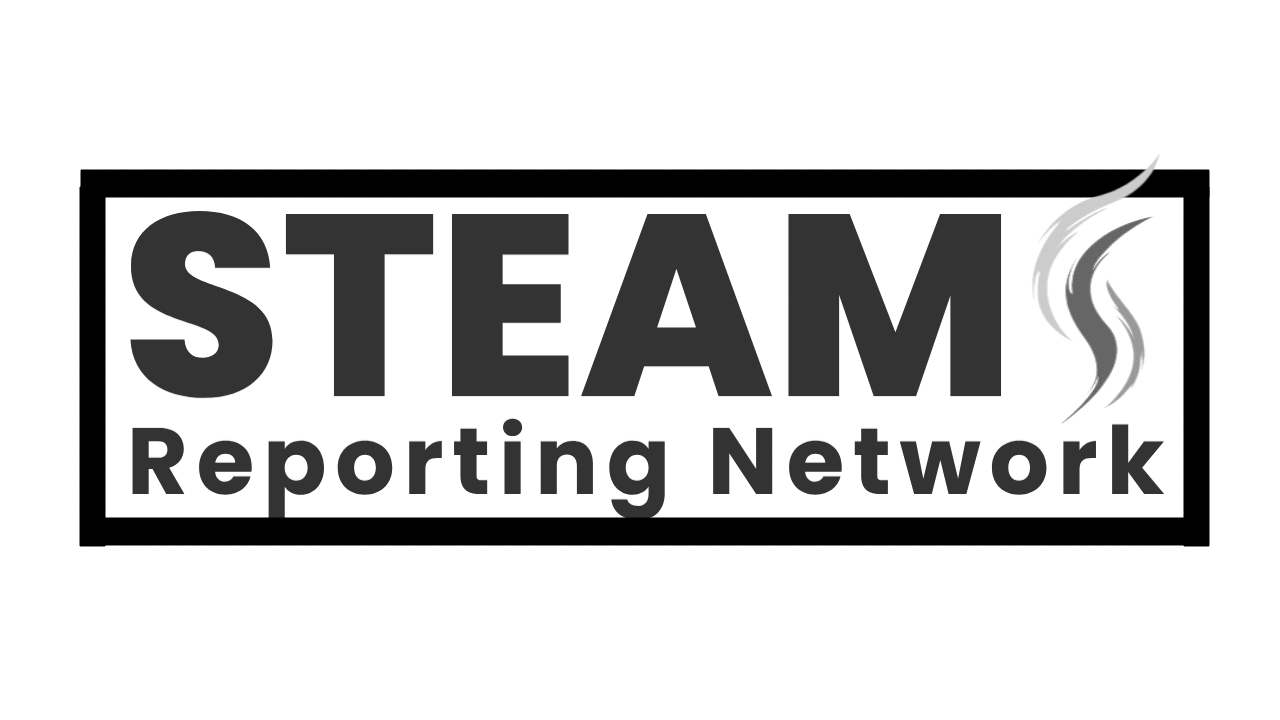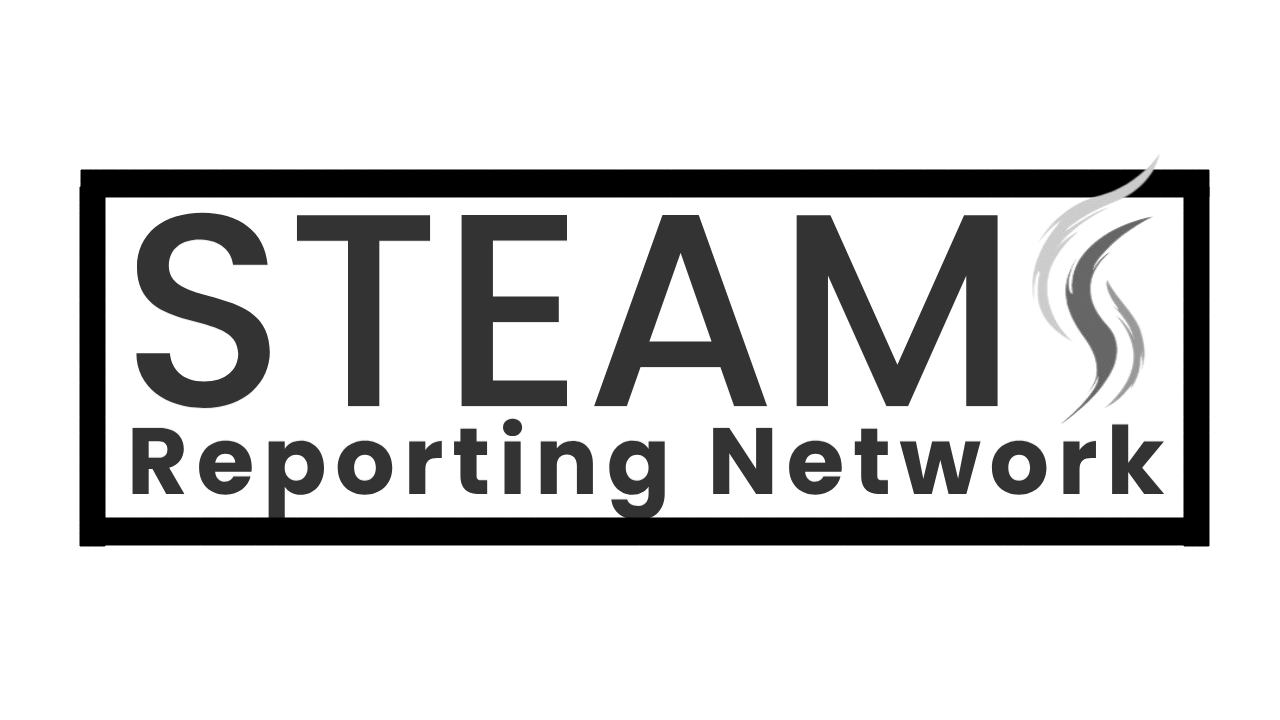From Roger Tatoud it 13 pages of HIV journal, I rewrite it the Journal.
1. Strengthening the HIV Vaccine pipeline building a robust future
This commitment tackles the core challenge of replenishing and diversifying the HIV vaccine pipeline. Its specific goals focus on:
Goal 1.1: advancing Innovative science and concepts, encouraging diverse approaches like exploring novel immune mechanisms, vaccine platforms, and combinations. this involves convening researchers to tackle unmet needs in discovery science and discuss integrating new findings into R&D.
Goal 1.2: fostering a field-wide portfolio approach, convening stakeholders, including funders, to discuss strategies for strengthening and propelling the pipeline. this aims to inform research and funding decisions for a cohesive and optimized approach.
Goal 1.3 enabling Iterative early-stage clinical studies, advocating for research approaches like iterative experimental medicine and small-scale manufacturing. this facilitates rapid advancement of promising candidates through efficient early-stage clinical trials.
Priority activities include:
Convening workshops on new knowledge and paradigms to foster partnerships and integrate findings into HIV vaccine research. facilitating regular exchange of progress on R&D efforts, informing research policy and funding directions. developing a policy paper advocating for health research systems to support experimental medicine studies.
2. Expanding and diversifying engagement and resources, fueling the Engine of Innovation this commitment addresses the critical need for sustained funding and talent in the field. Its key goals are:
Goal 2.1 strengthening the case for Investment,
Reinforcing the evidence base for continued investment through analyses, modeling studies, and highlighting the broader benefits of HIV vaccine R&D (e.g., for COVID-19).
Goal 2.2. fostering Interest and engagement, communicating the need for and benefits of HIV vaccine R&D to attract diverse stakeholders, including private and public funders, researchers, and the broader public.
Goal 2.3, diversifying research talent, attracting and retaining diverse early- to mid-career researchers, particularly from regions most affected by HIV. This involves expanding the enterprise’s african research network program.
Priority activities include
Convening HIV experts to analyze data and strengthen the case for investment in HIV vaccine R&D. collaborating with partners to develop a compelling narrative highlighting the broader benefits of research and attracting diverse stakeholders. Expanding and enhancing the Enterprise’s African research network program to engage and mentor early-career researchers.
3. Mobilizing knowledge to accelerate product development,harnessing the Power of synergy this commitment emphasizes leveraging existing knowledge and tools from within and beyond the HIV field to accelerate vaccine development. Its goals are:
Goal 3.1 propelling opportunities to learn from previous HIV studies. convening stakeholders to identify and prioritize outstanding scientific questions from past studies like HVTN 702 and 705, catalyzing further research and knowledge dissemination.
Goal 3.2 translate Learnings from COVID-19 to HIV: Identifying relevant approaches and infrastructure established for COVID-19 vaccine development (e.g., technologies, collaborations, data-sharing platforms) and applying them to HIV vaccine R&D.
Goal 3.3, leverage synergies with other Infectious disease research: Identifying opportunities to collaborate with researchers and funders across infectious diseases to exchange knowledge (e.g., vaccine platform optimization) and advocate for broader investment in vaccine R&D.
Priority activities include:
Convening stakeholders involved in pivotal studies to prioritize follow-up analyses and research questions. bringing together HIV and COVID-19 experts to assess and adapt relevant knowledge and tools for HIV vaccine development. Facilitating regular forums for the HIV field to scan and identify opportunities for collaboration and knowledge transfer from broader infectious disease research.
Challenges and solutions, navigating the path forward the HIV vaccine field faces several challenges, including Stagnant funding, flat or declining funding from a limited pool of funders makes it difficult to sustain research efforts.,
talent gap.
Attracting and retaining diverse early-stage researchers, particularly from high-burden regions, is crucial for long-term sustainability, shifting landscape, declining HIV incidence and increasing PrEP uptake raise questions about the urgency of an HIV vaccine for some stakeholders.
The plan addresses these challenges through:
Advocating for diverse funding, highlighting the broader benefits of HIV vaccine R&D and attracting new funders like the private sector and philanthropists.

